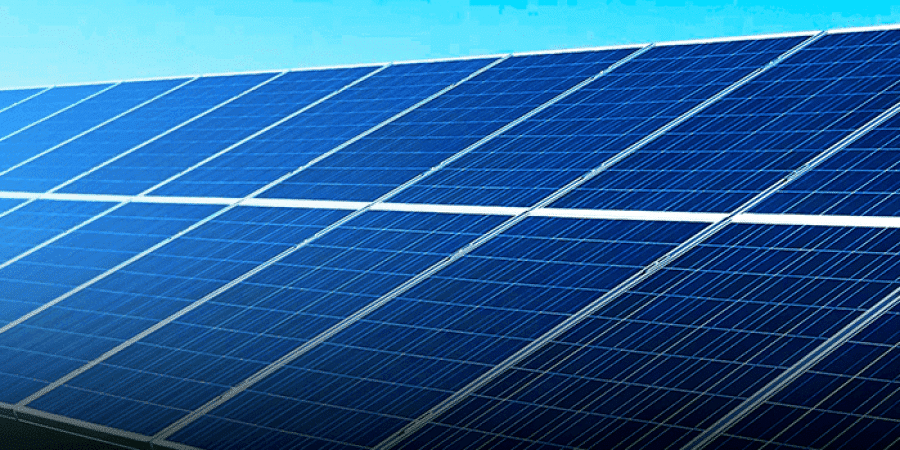Bifacial solar panels are solar panels whose solar cells on both sides can convert sunlight into energy. This makes the yield of these solar panels higher. These double-sided solar panels have glass or transparent foil on the back. This makes bifacial solar panels ideal for flat roofs and ground-mounted solar panel systems, where light is reflected from the ground.
Bifacial modules are on the rise and the demand for these modules is therefore increasing. It is expected that these modules will become the standard in the coming years.
Are bifacial solar panels more expensive?
The bifacial panels have a higher yield than standard solar panels. Due to the higher yield, they have also been more expensive for a long time. Due to the increasing demand, we see that the cost difference is decreasing. Studies have shown that, under good conditions, bifacial modules can produce an additional power of 10-20% compared to monofacial panels. If conditions are optimal, this extra power can even amount to 30-40%. The decreasing cost difference and higher yield make these panels an excellent investment.

The market share will grow rapidly in the coming years
In 2016, the global share of bifacial installations was approximately 97MW of installed capacity. In 2019 this was more than 6GW. A huge increase. It is therefore clear that double-sided solar panels are increasing enormously in popularity and this is expected to continue for some time to come. The expected market share of bifacial solar panels is 17% of the global solar panel market in 2024. The Netherlands also now has a large bifacial power plant. Zonnepark Rilland is located on the banks of the Scheldt-Rhine canal. This solar park consists of 40,000 bifacial solar panels from Jolywood and is the largest in Europe.
Solar panel manufacturer Talesun has invested heavily in double-sided solar panels in recent years and has carried out many tests. The manufacturer has developed a model to ensure that bifacial panels perform as optimally as possible. Below are three tips:
- Bifacial solar panels are ideal for flat roofs and ground-mounted solar panel systems, where light is reflected from the ground.
- It is recommended to place modules at least 20 cm from the surface, but the greater the distance from the ground surface, the greater the bifacial effect.
- Tilt: In general, 2 to 15 degrees more tilt than a monofacial tilt has been found to be effective.
Bifacial panels at Search4solar
At Search4solar we look closely at the market and where it is moving. We therefore invest in long-term partnerships. That is why we look closely at manufacturers who have innovation high on their agenda. We therefore have a wide range of bifacial solar panels at Search4solar.
